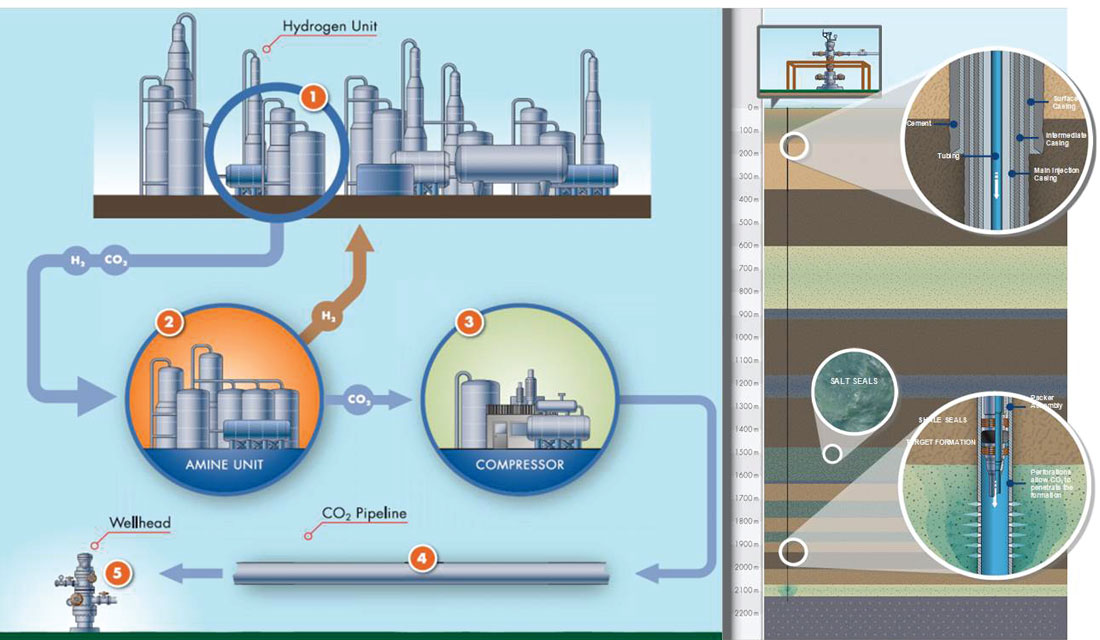In September 2012, Shell, on behalf of the Athabasca Oil Sands Project venture (Shell Canada Energy, Chevron Canada Limited, Marathon Oil Canada Corporation), announced that it was proceeding to construct the Quest Carbon Capture and Storage (CCS) project near Fort Saskatchewan. Quest is now capturing more than more than one million tonnes of CO2 per year from the Scotford Upgrader, becoming the world’s first large-scale commercial application of CCS at an oil sands operation. It is a fully integrated project, involving CO2 capture at the bitumen upgrader, transportation along a 65 km pipeline, and CO2 storage in a deep saline aquifer (the Basal Cambrian Sands). The Quest project achieved full commercial operation in September 2015.
This presentation will provide an overview of the Quest project, including how CCS fits into the global climate debate, how the project was developed and constructed, and how the project has performed in its first year of operation. It will focus especially on the Measurement, Monitoring and Verification (MMV) program. The MMV program is extremely comprehensive, with a variety of technologies being used to monitor the atmosphere, hydrosphere, biosphere and geosphere. Geophysics has played a particularly important role in the geosphere component, with surface seismic and DAS VSPs being used to assess the development of the CO2 plume, and a microseismic array being used to measure any induced seismic activity (there has been none).












Join the Conversation
Interested in starting, or contributing to a conversation about an article or issue of the RECORDER? Join our CSEG LinkedIn Group.
Share This Article